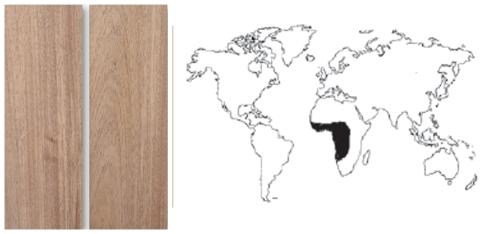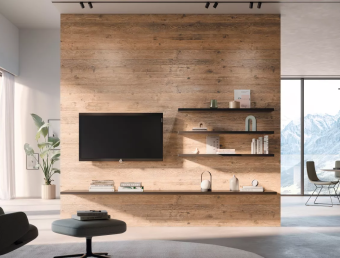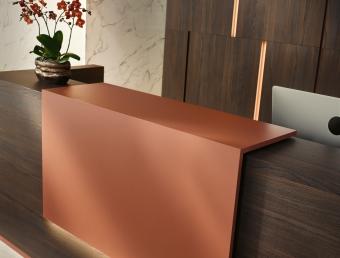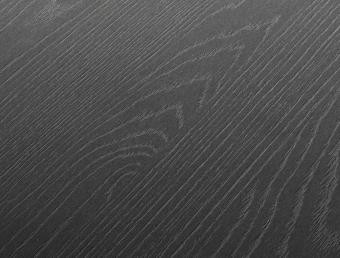Niangon
Scientific name:
Heritiera utilis Kosterm; H. densiflora Kosterm
Geographic origin:
West Africa and Central Africa
- Sapwood: greyish bown
- Heartwood: varies from reddish brown to pink brown.
- Fiber: Straight, generally slightly intertwined
- Grain: medium size to rough

a
b
c
d
e
f
g
h
i
j
k
l
m
n
o
p
q
r
s
t
u
v
w
x
y
z
Capacity of being impregnated
- Sapwood: Low capacity of being impregnated
- Heartwood: No capable of being impregnated
Mechanical properties
- Resistance to static flexion 1,150 kg/cm2 &;8226; Elasticity module 105,000 kg/cm2
- Resistance to compression 550 kg/cm2
Mechanization
- Sawing process: Easy, except in those cases of oil presence that can cause allergies.
- Drying process: Speed can vary from medium to high speed. Low to medium risks of deformation and crack formation.
- Planing process: Difficulties arise from risk of repelling due to frequently intertwined fibers.
- Gluing process: No difficulties.
- Nailing and screwing process: No difficulties.
- Finish: No difficulties, except in those cases of oil stain existance, that must be eliminated with a solvent.
Physical properties
- Apparent density at 12% humidity 680 kg/m3 semi-heavy wood
- Dimensional stability
- - Volumetric contraction coefficient 0.47 % nervous wood
- - Relation between contractions 2.2 con bastante tendency to deformity
- Hardness (Chaláis-Meudon) 3.1 semi-hardwood
Observations
- Habitualment són troncs de petit diàmetre i retorçats, pel que és difícil aconseguir bons amples i llargs



